Top Things to Know Before Buying the Best Pots for Indoor Plants
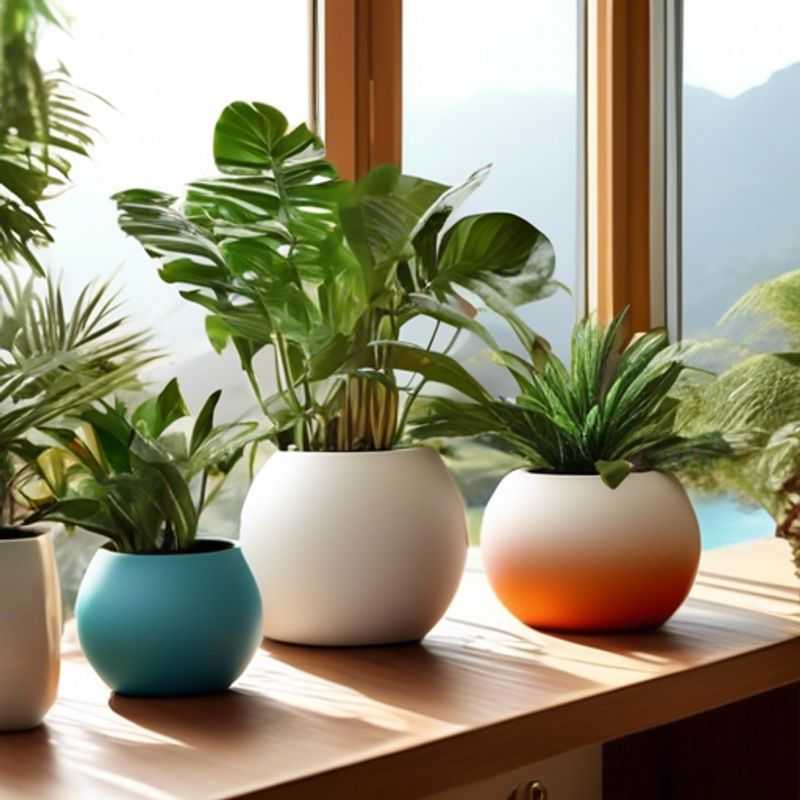
Top Things to Know Before Buying Pots For Indoor Plants: Size, Drainage, Material, Saucers, Weight, Style, and Plant-Specific Needs
Choosing the right pot for your indoor plants is a crucial step in providing them with a thriving environment. It's like finding the perfect home for your green companions, one that fosters their growth and complements your decor. I always appreciate the practicality and functionality of things, and when it comes to pots, there are a few key factors to consider.
First and foremost, size matters. You want to ensure the pot is suitable for your plant's growth needs. A pot that's too small will restrict root development and lead to stunted growth. On the other hand, a pot that's too large can cause waterlogging and root rot. Think of it like a house: you wouldn't want to live in a cramped space, nor would you want to be constantly navigating a mansion with empty rooms.
Drainage is another critical factor.
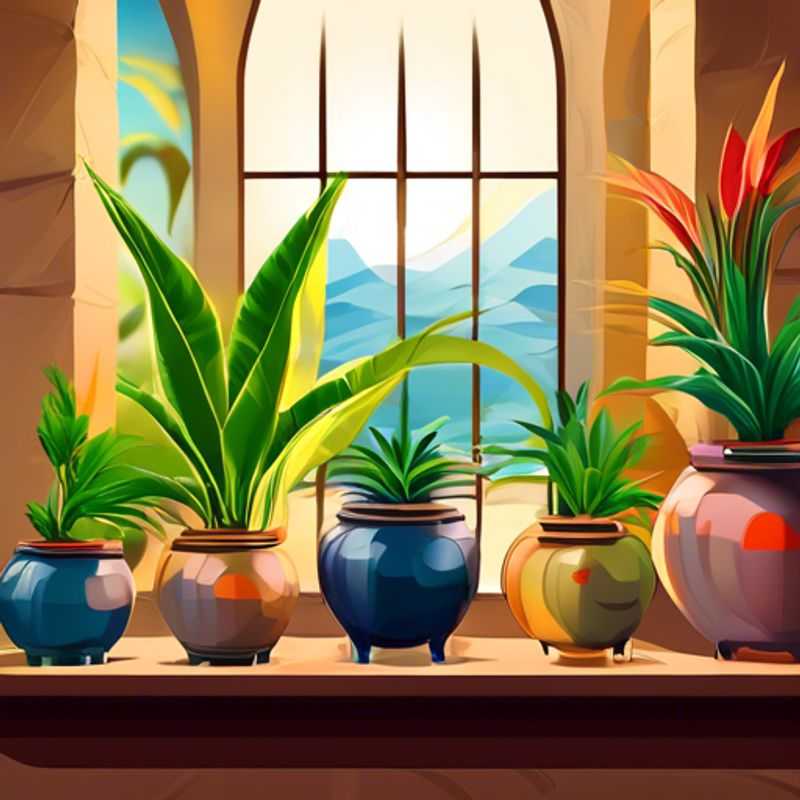
Potting Up: Choosing the Right Size for Happy Plants
Choosing the right pot size is crucial for plant health and growth. A pot that's too small can restrict root development and lead to stunted growth, while a pot that's too large can promote overwatering and root rot. A good rule of thumb is to choose a pot that's only slightly larger than the plant's root ball.
Consider the plant's growth habit. Some plants, like succulents, prefer smaller pots, while others, like tomatoes, need ample space for their root systems to thrive.
Look for pots with drainage holes to prevent waterlogging.
If you're unsure about the right pot size for your plant, consult a gardening expert or research the plant's specific needs online.
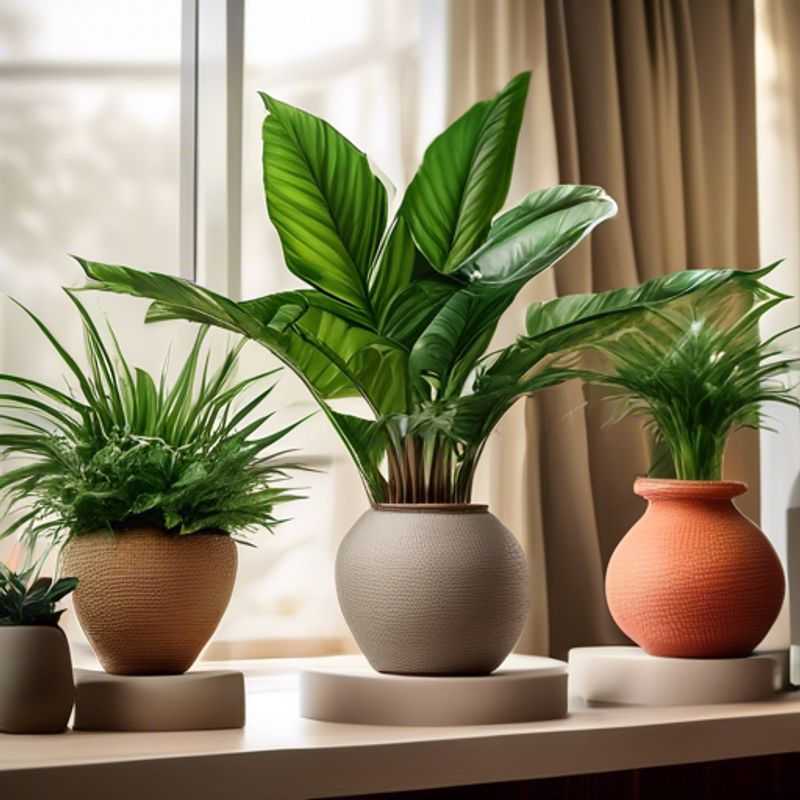
Drainage Matters: Why Those Pot Holes Are Your Plant's Best Friend
Waterlogging, a situation where soil becomes saturated with water, is detrimental to plant health. Excess water suffocates roots, depriving them of oxygen and leading to root rot. To prevent this, ensure your pot has proper drainage holes.
The number and size of drainage holes are crucial. Smaller pots might need only a few holes, while larger pots may require more. The holes should be large enough to allow water to drain freely. You can also elevate the pot slightly on pot feet or bricks to improve drainage.
Consider using a well-draining potting mix. These mixes typically contain materials like perlite or vermiculite, which enhance aeration and prevent compaction.
When watering, avoid overwatering. Let the top inch of soil dry out between waterings. Ensure you are using a pot that is the appropriate size for your plant. A pot that is too large can retain excess water, leading to waterlogging.
Regularly inspect the drainage holes to ensure they are not clogged. If you notice excessive water pooling in the pot's base, it may be time to repot your plant into a pot with better drainage or adjust your watering habits.
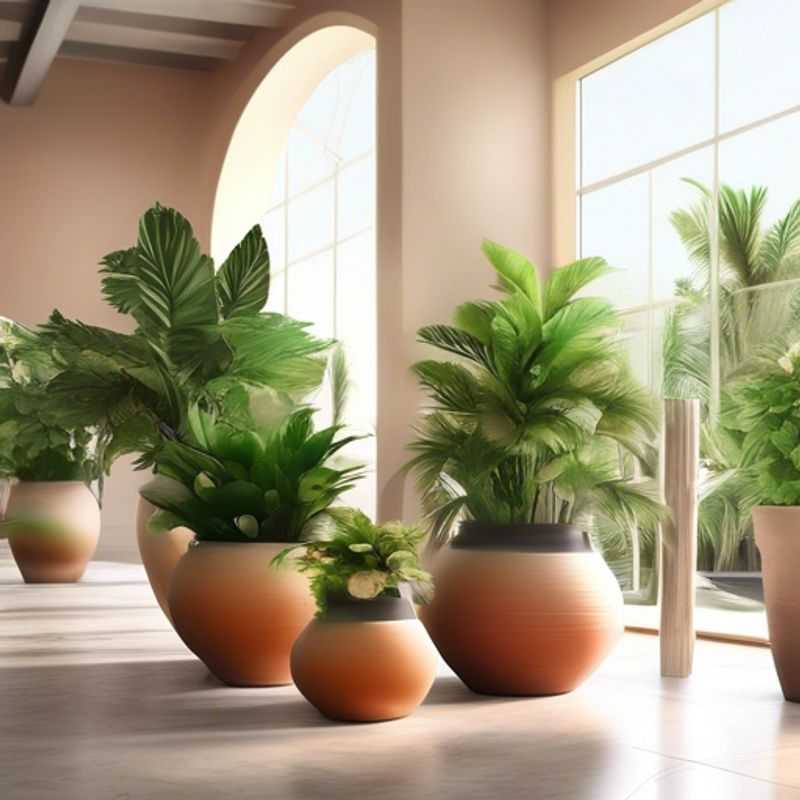
Choosing the Right Pot Material: Terracotta vs. Plastic and Beyond
Choosing the right pot material for your plants is crucial for their health and growth. Terracotta and plastic are popular options, each with its advantages and disadvantages.
Terracotta pots are porous, allowing for good air circulation and drainage. This helps prevent root rot, especially for plants that prefer drier soil. However, terracotta pots can dry out quickly, requiring more frequent watering. They are also prone to cracking with extreme temperature changes.
Plastic pots, on the other hand, are lightweight, durable, and less prone to cracking. They retain moisture better than terracotta, reducing the need for frequent watering. However, plastic can trap excess moisture, potentially leading to root rot if not properly managed. Plastic pots also lack the aesthetic appeal of terracotta.
Ultimately, the best pot material for your plants depends on their specific needs and your growing environment. For plants that prefer well-drained soil and require frequent watering, terracotta may be a better choice. For plants that prefer moist soil and require less frequent watering, plastic might be a better option. Consider your lifestyle and preferences when making your decision.
Remember, these are just general guidelines. Always research the specific needs of your plant species to make the most informed choice for their well-being.
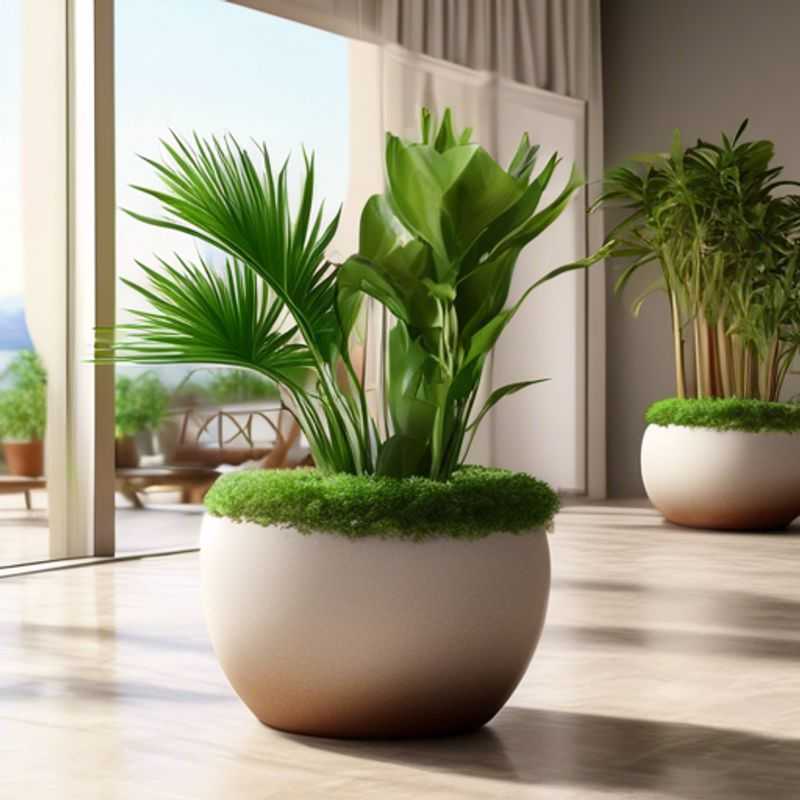
Protect Your Floors: Why Pots with Saucers are a Must-Have
When selecting pots for your plants, consider opting for those that come with saucers. Saucers serve a crucial purpose by catching excess water that drains from the pot, preventing it from accumulating on surfaces and potentially damaging them. This is especially important for indoor plants where spills can stain carpets or furniture. By using pots with saucers, you can ensure a cleaner and more protected environment for your plants and your home.
While pots with saucers are generally more expensive than those without, the added protection and ease of maintenance they provide can be well worth the investment. When choosing a pot with a saucer, make sure the saucer is the right size for the pot and that it's made of a material that won't crack or chip easily. You can also look for saucers with drainage holes to prevent water from pooling and potentially causing root rot.
Remember, the main purpose of using pots with saucers is to protect your plants and your home from excess water damage. This can help extend the lifespan of your plants and ensure they thrive in a healthy environment. By incorporating saucers into your plant care routine, you can create a more aesthetically pleasing and functional indoor space.
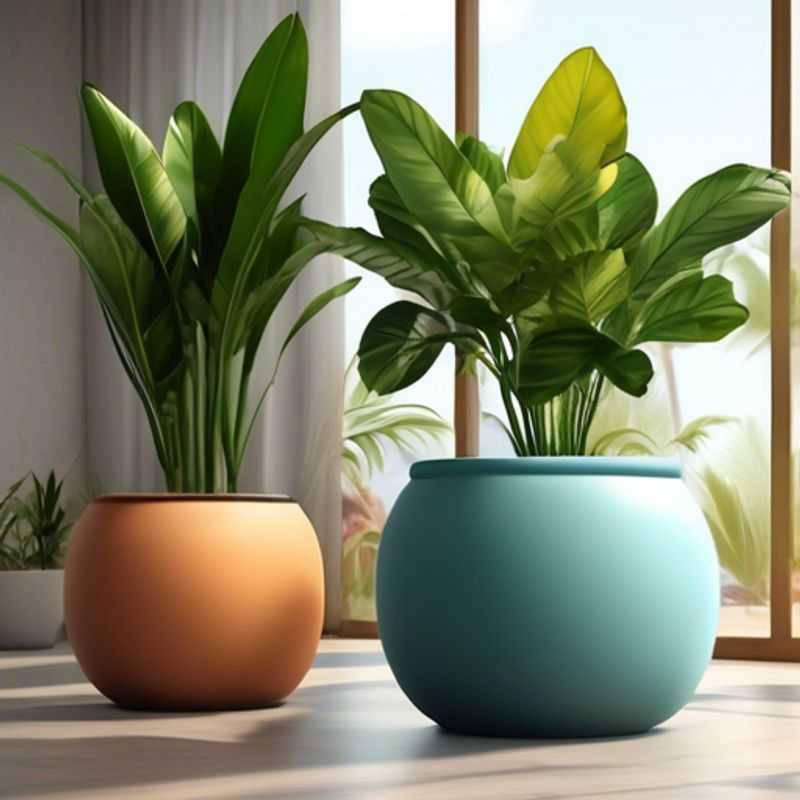
Lightweight Pots: The Key to Effortless Gardening
Choosing a pot with a lightweight design is crucial for effortless maneuvering, especially when dealing with large or heavy plants. Lightweight pots are easier to lift, move, and reposition, reducing the strain on your back and joints. This is particularly beneficial when you need to regularly water, fertilize, or prune your plants. Lightweight pots are also ideal for individuals with limited mobility or strength. A lightweight pot also provides a practical solution for creating dynamic displays and rearranging your indoor or outdoor spaces.
When selecting a pot for your plants, consider the material. While ceramic pots offer a classic aesthetic, they can be quite heavy. Opt for lightweight materials such as plastic, resin, or fiberglass. These materials provide the durability and water resistance you need without the added weight. Many manufacturers offer lightweight pots that mimic the look and feel of traditional ceramics, allowing you to enjoy both style and functionality.
When choosing a pot, consider the size and weight. Larger pots will naturally be heavier, so it's crucial to choose a size that's manageable for your needs. Lightweight pots often come in various sizes, allowing you to find the perfect fit for your plants without compromising on ease of use.
Always check the weight of the pot before purchasing, especially if you're buying online. Look for descriptions that mention "lightweight" or "easy to move." You can also read customer reviews to get insights on the actual weight and handling experience of the pot.
Remember, a lightweight pot allows you to enjoy your plants with ease and comfort, providing a seamless gardening experience. It's an investment worth considering, especially if you plan on regularly moving your plants or have limited physical strength.
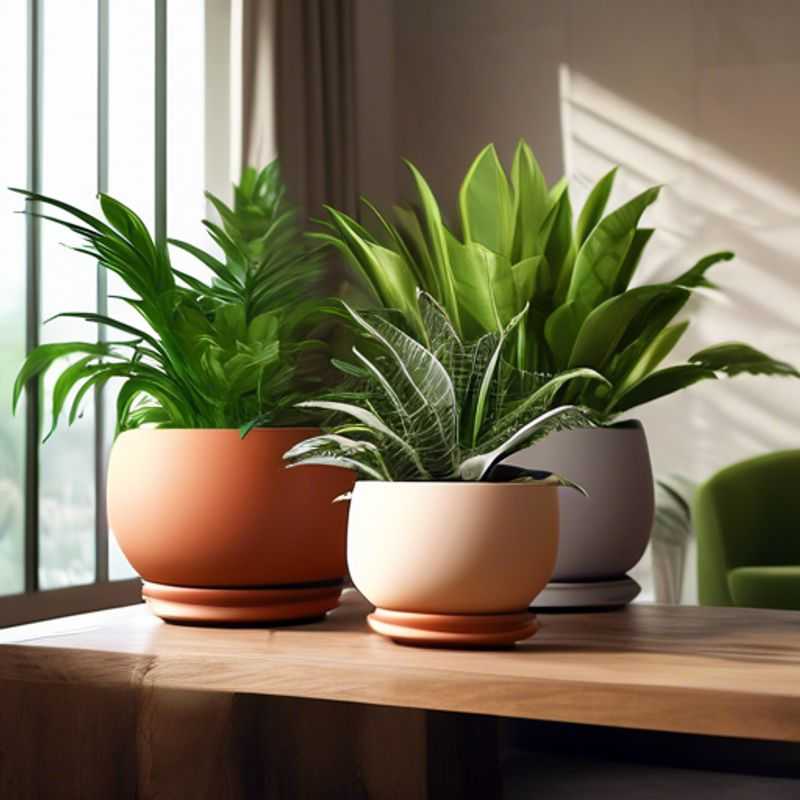
Prioritize Pots: Styling Your Indoor Plants for a Cohesive Look
When choosing pots for your indoor plants, it’s important to consider how they’ll complement your decor. Think about the overall style of your home and the specific room where you'll be placing the plants. Here are some tips to help you prioritize pots that fit in seamlessly:
Color and Material: Choose pots that match or complement the colors in your space. Neutral shades like white, gray, and black are versatile, while bold colors like terracotta or blue can add a pop of personality. Materials like ceramic, metal, or woven baskets can also contribute to the overall aesthetic.
Shape and Size: The shape and size of the pot should be proportional to the plant and the space where it will be placed. Consider the height and width of the plant, and choose a pot that won’t overwhelm or be too small for it.
Texture and Finish: The texture and finish of the pot can add another layer of interest. A smooth, glossy finish will create a modern look, while a textured or rustic finish will add warmth and character.
Style and Theme: If you have a specific style in mind, such as farmhouse, minimalist, or eclectic, choose pots that reflect that. Look for pots with unique patterns, textures, or shapes that complement your existing decor.
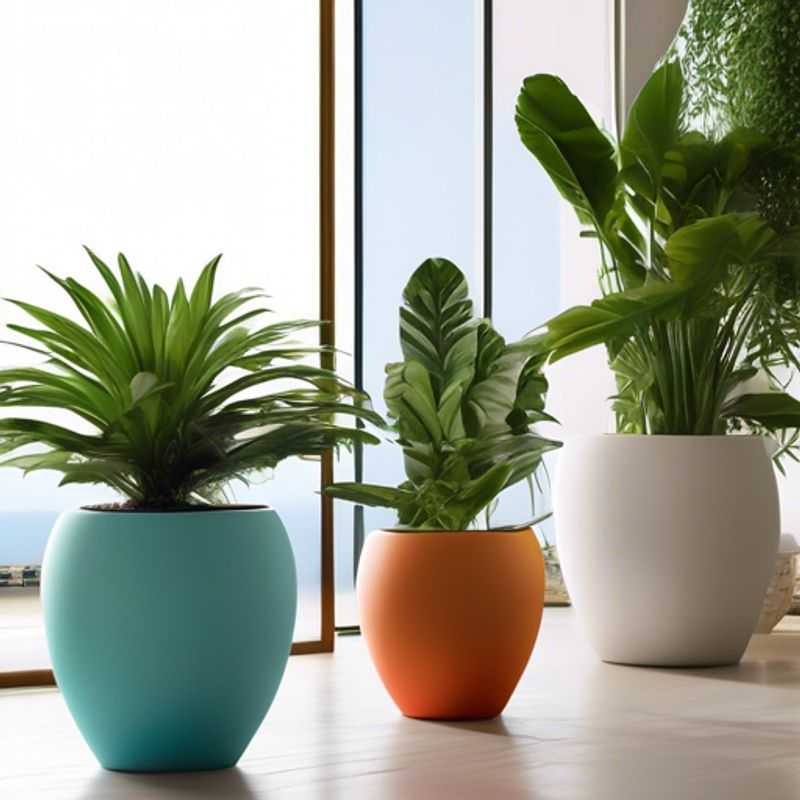
Unlocking Your Plant's Secrets: Understanding Specific Care Requirements
Bringing a plant into your home is a wonderful way to brighten up a space and boost your mood. But before you bring your new green friend home, research its specific care requirements. This will give you the best chance of keeping your plant healthy and thriving for years to come.
Start by identifying the plant species. Once you know the species, you can start to learn about its specific needs. Factors like light, water, temperature, and humidity all play a role in plant health.
Light is one of the most important factors. Some plants, like succulents, thrive in bright, direct sunlight. Others, such as ferns, prefer shade. Make sure to choose a spot in your home that provides the right amount of light for your plant.
Watering is also important. Too much or too little water can harm your plant. Learn about the ideal watering frequency for your plant species, and check the soil moisture before watering.
Temperature and humidity are also factors to consider. Some plants prefer warmer temperatures while others prefer cooler ones. Humidity can also be a challenge. You may need to humidify the air around your plant if it's native to a humid environment.
Fertilizer is another factor. Most indoor plants benefit from occasional fertilization during the growing season. However, avoid over-fertilizing, as this can damage your plant's roots.
By understanding the specific care requirements of your indoor plants, you can create a thriving indoor oasis. Enjoy the process, and remember that a little research goes a long way.
